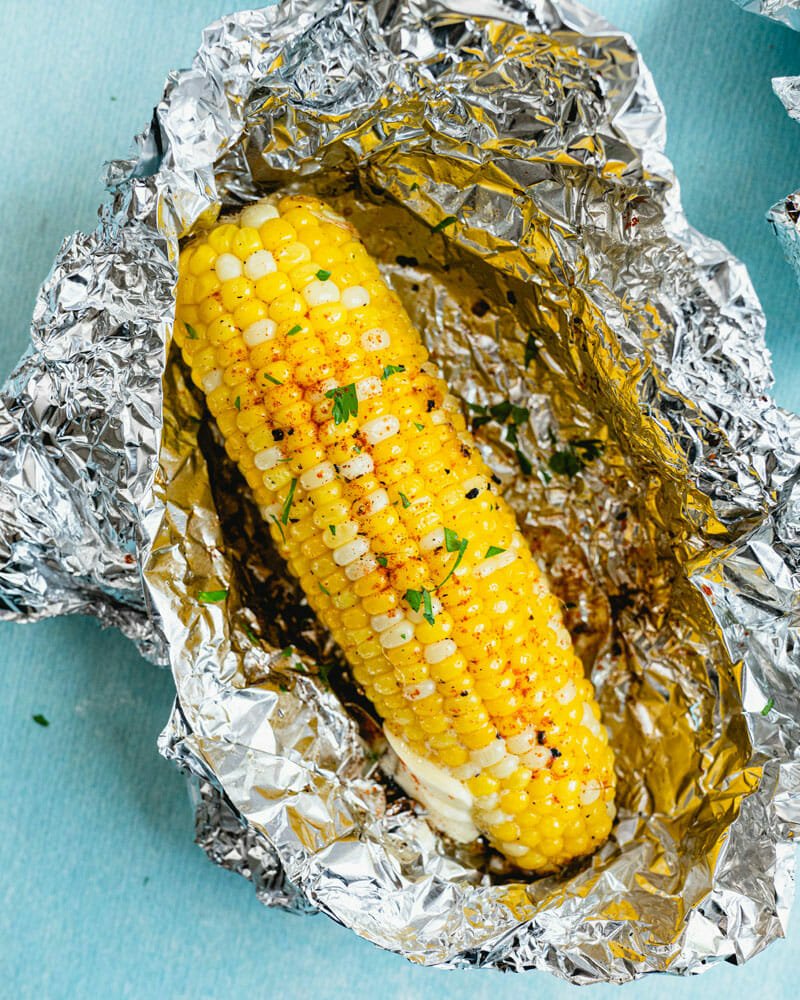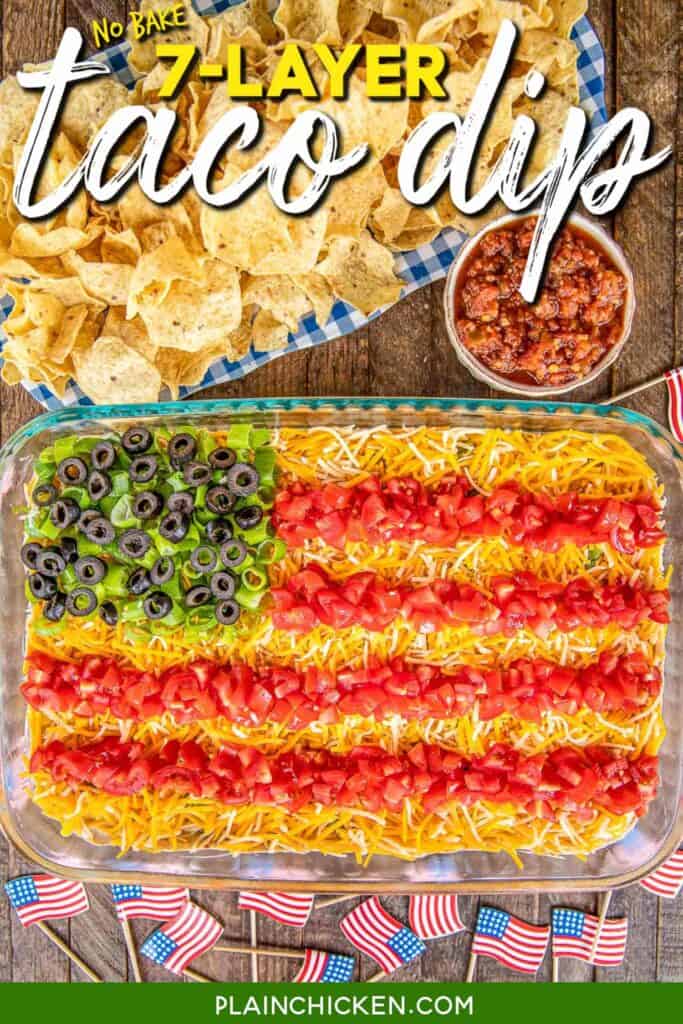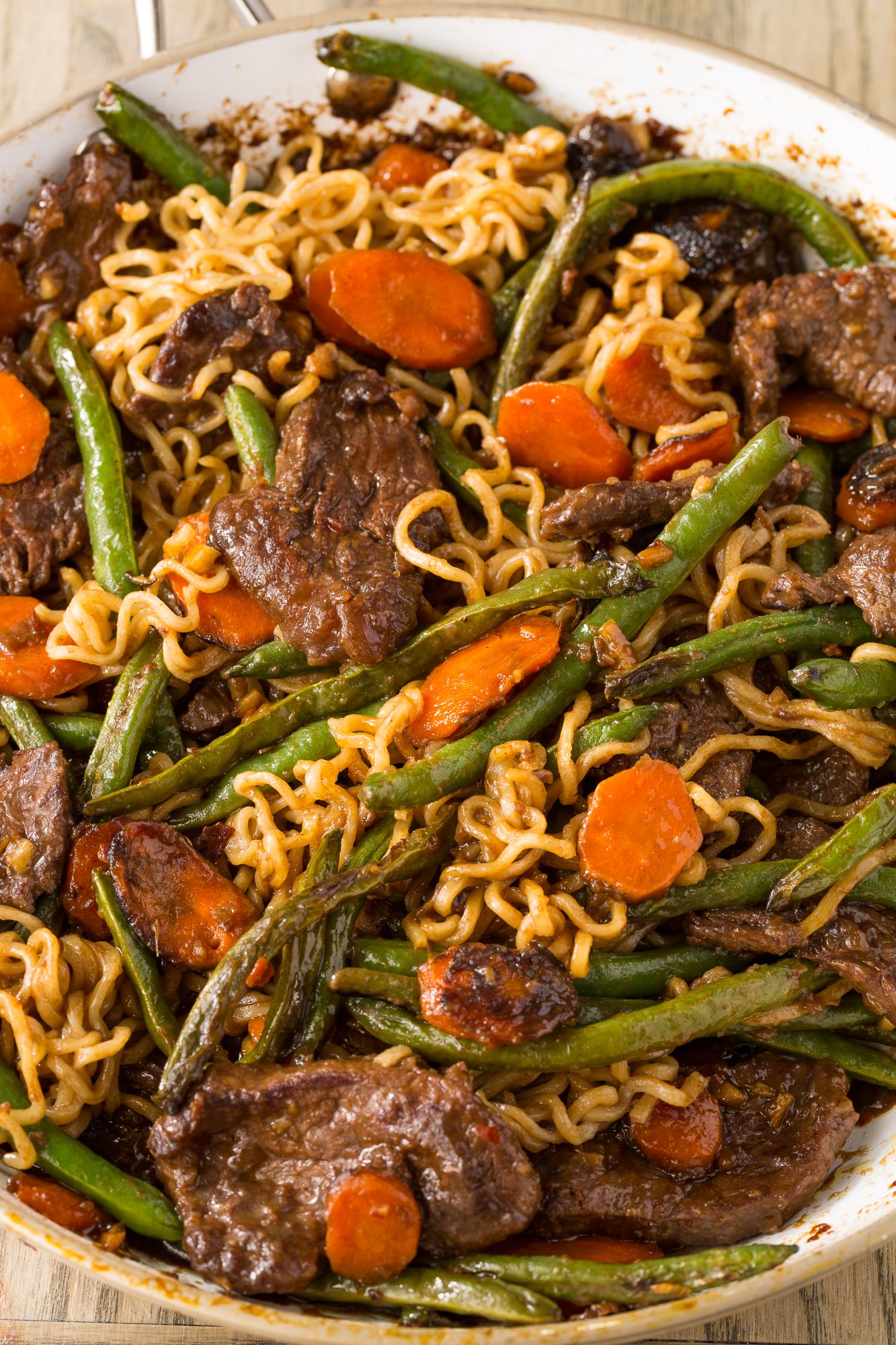
The bones need to be removed before you can start smoking prime rib. Either you can remove the bones yourself with a knife or hire a butcher. Then, you'll need to trim away the excess fat, cartilage, and meat. Paper frill caps are also available for serving. Smoking is usually done by butchers who remove all fat.
How to cook prime rib
The ultimate holiday dinner is never complete without smoked prime rib. Prime rib's tender flavor and delicious aroma will please everyone and make a great gift for your loved ones. It is important to learn how to cook prime rib after smoking. Here are some helpful tips. Before you begin cooking rib roasts, make sure to check the temperature. Roast the meat at 120-125degF if it is not cooked through. Then, turn it up to 130-139degF. Medium doneness is 140-145degF. Before serving, cover the prime rib loosely with aluminum foil and allow it to rest for about 30 minutes. If you would like to cook the meat in the reverse order, place it in the smoker until the desired temperature is reached. Once removed, cover the roast loosely with aluminum foil to keep it
Ideal cooking temperatures for ribs are around 225°F. However, temperature variations can lead to uneven cooking. To ensure that the internal temperature is correct, it is important to use a good meat thermometer. Remote probe meat thermometers can be used to monitor temperature during cooking. If the temperature is not at the desired level, you should remove the ribs and let them cool on the counter for at least two hours.
You want a prime-rib with a moist, thick interior. Choose the highest-grade meat, one that's grown organically, and comes from sustainable ranching methods. You can also hire a butcher to remove the bones, trim excess fat, and tie the ribs back if you wish. Depending on the size of the prime rib you choose, you'll want to select a larger roast or smaller.
The best wood for smoking
There are many options for wood to smoke prime-rib. Each has its own distinct taste. If you want to bring out the best flavor, combine at least two of these. To enhance the smoky flavor of your woods, you can mix them. Hickory gives off a rich, smokey flavor while cherry and pecan have a milder taste. Hickory can be used to smoke prime rib. But, it will also add lots of flavor if used in its own right.
You can choose mesquite, applewood, or hickory for traditional BBQ flavors. However, if you prefer a light smoke, try applewood or black cherry. While hickory and applewood are the best woods for smoking prime rib, they aren't the best choice for chicken. A smoker designed for ribs should be your best choice.

Oak is a common choice for smokers, and it gives off a light smoke flavor. This wood is great to use for beginners as it burns quickly, and takes very little wood to create great smoked meat. You can control the temperature, flavor and texture by adding small amounts of oakwood bit by bit. Before you choose the right wood for your taste, it is worth trying out other woods.
Carving a prime rib
You can easily carve a primerib for smoking if you only follow a few steps. Remove the chine bones and rib bones from half the roast. This will allow the juices of the roast to redistribute the heat and normalize temperature gradients. During rest, meat will continue rising by approximately 5 degrees F. A meat probe can be used to determine the meat's temperature.
After carving the prime rib, tent it in aluminum foil for at least 20 minutes. The internal temperature should rise to 125 to 130°F, which is five degrees below what is desired for Medium Rare. A prime rib will cook faster when it is removed from the barbecue. Therefore, allow the meat to rest before you begin carving. A long, thin knife is recommended to prevent the meat from being cut too early.
To smoke a prime rib, use indirect heat, like on a grill. Smoke the prime rib for about thirty minutes per pound. If you want to impart a fire flavor, add wood after the meat is half-cooked. Light fruitwood won't overpower the meat. Once the roast is cooked, rest it for an hour or two before carving it. If the roast is at room temperature, it will cook more evenly.
On a prime Rib, leave a thin layer de fat
If you buy prime rib, ask your butcher for the trimming of fat. It adds flavor and helps the meat cook evenly. The best way to do this is to cut the fat to 1/4-inch thickness. You should not remove all fat. This will cause the meat to lose its flavor. Although it is easy to mistake a prime-rib for a prime, the USDA grade system makes it easier to identify prime ripe.
Remove the fat cap before smoking prime rib. It will make your meat moister, and it will also help you to keep it tender. The next step is seasoning the meat with salt, and a prime-rib rub. Although this is not necessary, it may be beneficial to add salt to the meat to make it smoke. This is a common error that many smokers make. Leaving the fat on the prime rib is a common mistake, and it can ruin your meat's flavor.
For the best smoking prime rib, you need to remove the top layer fat and the silverskin. This is the layer of connective tissue with a silvery sheen. Although it isn't edible this layer helps prevent the meat from slipping off the bone while cooking. Although many prefer to remove the silverskin from the final product, it will improve the texture.
Adding au jus
A classic way to enhance the beefy flavor of a prime grilled rib is to add au jus. Here are some suggestions for making the sauce. First, you will need to prepare a small pot of beef broth. Combine the flour and broth until it forms a clumpy mixture. Next, add the wine and beef stock until the mixture attains the desired consistency.

After the meat is cooked, let it rest for around 2 1/2 hours before you serve it. Cover the meat with foil and place it on a cutting board. A large roast is a good choice for large gatherings. Serve it with your favorite side dish. Take the prime-rib out of the smoking pan. Allow it to rest for at minimum 30 minutes before you serve. Make the au jus sauce during this time.
Add au jus to your prime rip smoker: This au jus recipe is the perfect way make the best barbecue sauce. Let the beef cool down to resorb its juices. It's possible to end up with too much meat if the beef isn't allowed to cool completely. Let the beef rest for at most 30 minutes to ensure it is tender and juicy.
Preparation to smoke a prime rib
Here are some simple steps to make smoking prime Ribs as easy as possible. First, season the rib at least 4 days before cooking. This seasoning serves as a dry brine for the meat. Next, you'll need to rest the rib for at least 20 minutes before you start smoking it. Next, you will need to pick a wood to use to smoke the prime Rib. To avoid the meat tasting too strongly of smoke, the wood should be medium-smoking.
You should decide how rare you would like your prime rib to be before smoking it. A rare roast should be cooked in 35 minutes per pound. Medium roasts should take approximately 40 minutes. The cooking process can be completed with 15 minutes at high heat. Medium-rare roasts should reach 145-145 degrees F. After that, you can take it out of the smoker and tent it with aluminum foil. Then let it rest for about 30 minutes.
Once it's smoked you can prepare the sides. Make sure you have a plate ready for it. Smoking prime rib is the ultimate way to celebrate the meat's rich flavor. If you'd like, you can also enjoy it with mashed potatoes, such Herb Garlic Mashed Potatoes. To make the perfect dish, add extra spices and herbs. A thermometer is required for the meat. It should be digital.
FAQ
How much does it cost for you to learn culinary arts?
The price of studying culinary arts varies widely. For example, a 4-year degree costs about $40,000. A two-year associate's program may be less expensive at $5,000. The type of program you choose will determine the tuition rates. The tuition rates for private institutions are usually higher than those of public universities.
What are some of the benefits of using slow cookers?
Slow cookers are useful because they can make delicious meals in a fraction of the time. Slow cooker recipes often have a lower oil and fat content than traditional recipes. Additionally, slow cookers are more convenient than traditional recipes because they take care for themselves while you're sleeping.
Can you become a self-taught chef?
Yes, you can self-teach cooking! Cooking is one of those things that everyone loves doing, whether they know how to do it or not. If you are interested in learning how to cook, start cooking at home. Start small with simple things like spaghetti sauce or pancakes for breakfast. The best way to learn how to cook is to try new recipes and experiment. You may even want to make a few mistakes along the way.
It takes anywhere from several hours to several weeks to learn how to cook, depending on your skill level. It's important to remember that cooking isn't just about following recipes. There are many different ways to prepare food, so if you have an idea in mind, go with it.
How Long Does it Take to Become a Chef? What Is the Average Career Path?
Five years is required to become a professional chef. You will be able to learn basic cooking techniques as well as gain practical experience working in a kitchen. You can apply for line, sous or executive chef positions after you complete your training. The average salary for a chef ranges from $25,000 to $60,000 per year.
Statistics
- You'll be amazed that over 90% of CIA students receive scholarships and grants to finish their culinary studies. (ischoolconnect.com)
- In the United States, the category is estimated at $23.2 billion annually and is growing faster than the market. (washingtonpost.com)
- On average, chefs earn $58,740 a year, according to the BLS. - learnhowtobecome.org
External Links
How To
How to make a perfect omelet
Omelets have always been a favourite food to eat for breakfast. How do you make them perfect? There are many recipes and methods I tried, but none worked. So I wanted to share some tips and tricks so that you can make delicious, fluffy omelets every morn.
When making omelets, it is important to be aware that eggs can be temperamental. The eggs must be fresh from an organic source and kept at room temperature until they are ready to be cooked. The yolks and whites will not form properly if they aren't kept cold enough. This will make your omelets appear strangely colored. It is best to use room-temperature eggs if you are going to cook them right away.
Another tip is to separate each egg before adding them to the saucepan. You don't want any white to get mixed up with the yolk because this could cause the omelet to curdle.
You might burn the bottom of the egg if you place the egg directly on the stovetop. This could ruin the texture of your omelet. Instead, microwave the egg for 10 seconds before adding it to the pan. The heat from the microwave cooks the egg just enough without overcooking it.
Next, let’s talk about mixing the egg. Mix eggs well together. You can do this by turning the bowl of your mixer upside down. Then shake the bowl vigorously. By doing this, the egg is thoroughly mixed with the air in the bowl.
The fun part begins - you need to pour the milk into your mixture. Mix half of the milk with the eggs. Then fold the eggs in half into the remaining milk. Don't worry if there are still streaks of egg visible; these streaks will disappear once you flip the omelet.
After folding the eggs fold the pan onto medium heat. When the oil starts to hot, wait for the pan to cook. Add 1/4 cup butter to the oil and swirl it around to coat all sides of the pan. Now carefully crack open the lid of the pan and sprinkle salt into the pan. An additional pinch of salt will prevent the omelet form sticking to your pan.
Once the omelet has formed completely, cover the pan and let it set for a few minutes. Use a spatula to flip the omelet or turn the pan upside-down. Cook the opposite side for another minute. Take out the omelet and place it in a bowl.
This recipe is best made with whole milk. However, it can also be used with skimmed milk.